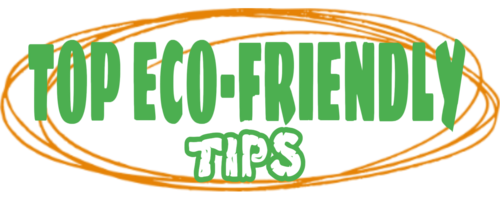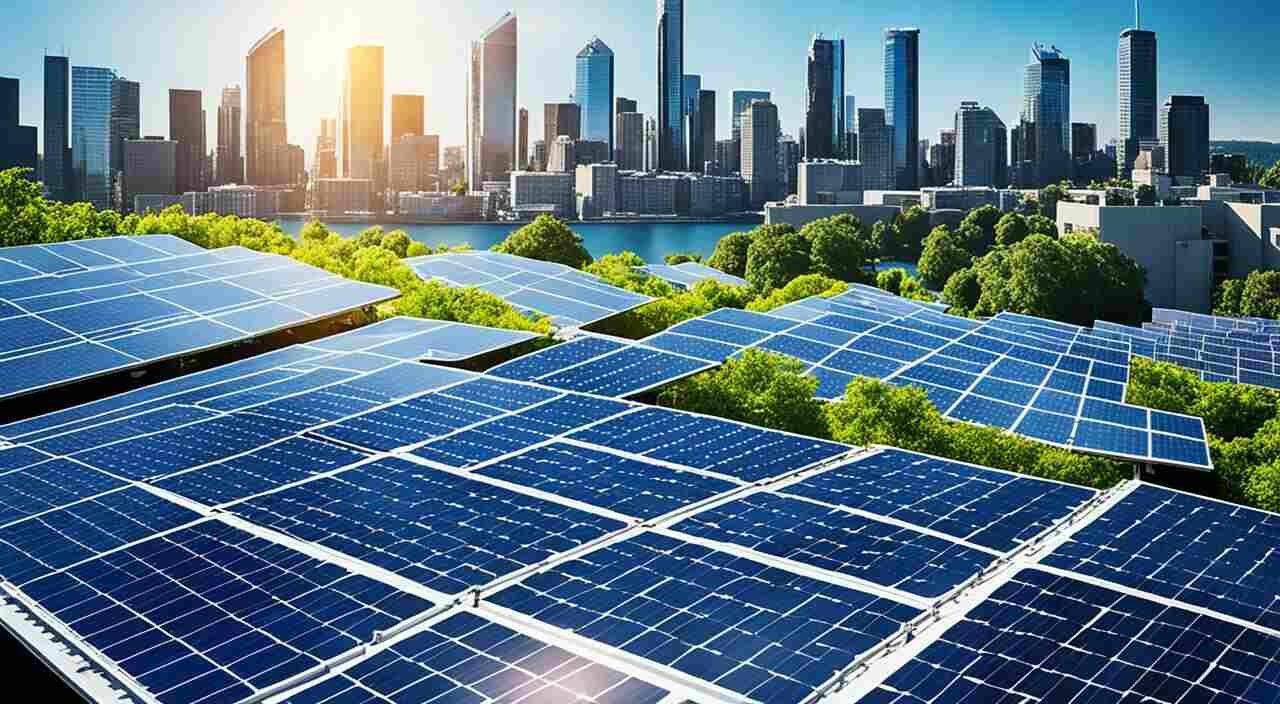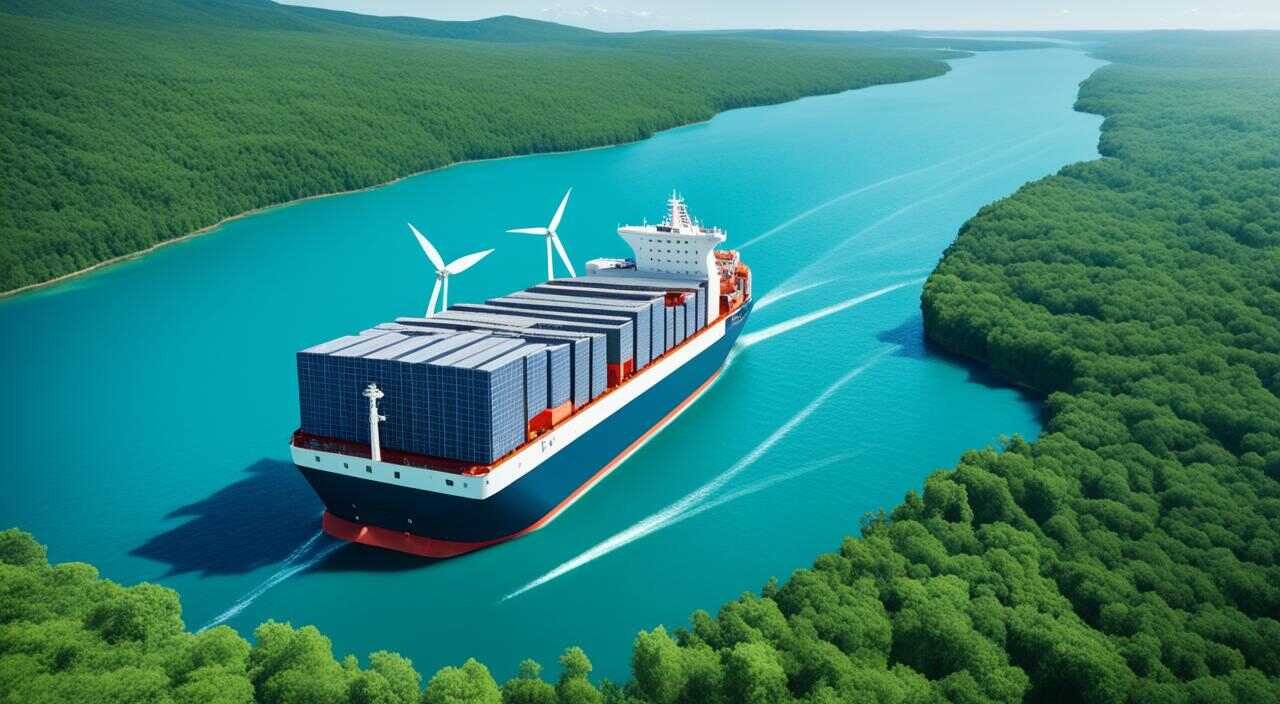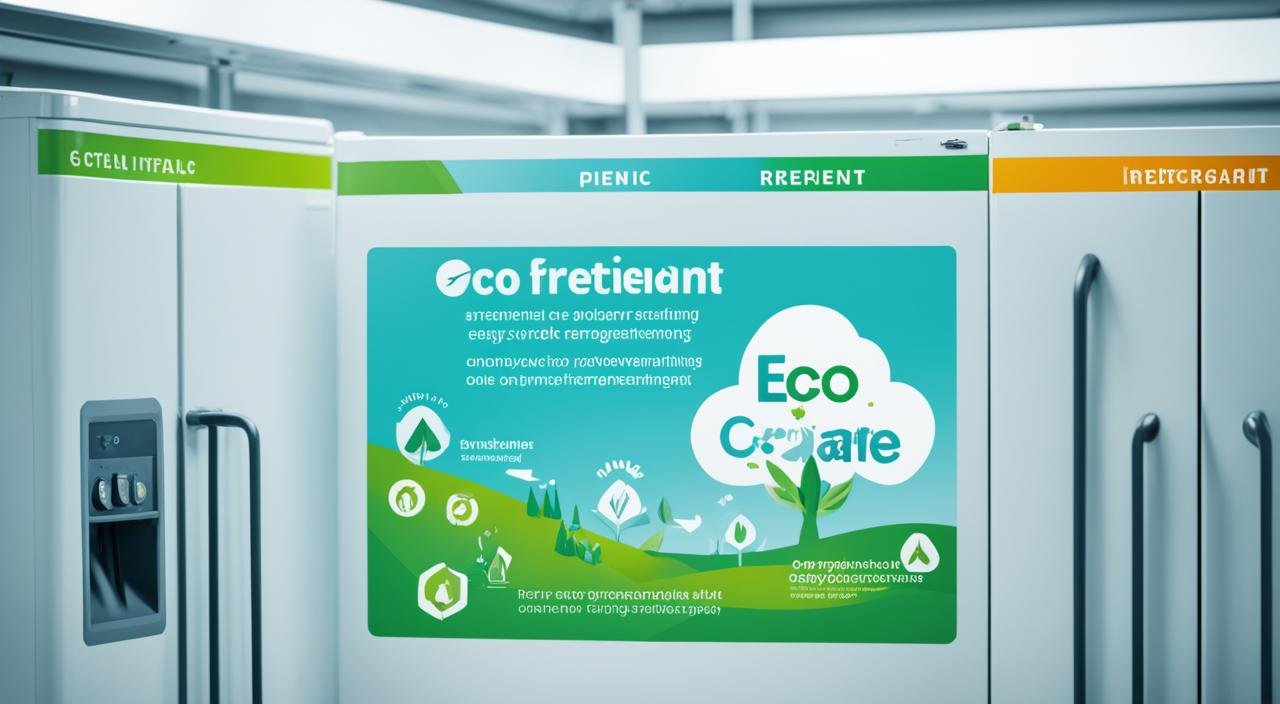Viscose is a popular fabric that is often marketed as a sustainable alternative to other materials. However, there is much debate surrounding its eco-friendliness. In this article, we will explore the true sustainability of viscose, examining its production process, environmental impact, and alternatives in sustainable fashion.
Key Takeaways:
- Viscose is a fabric that is marketed as a sustainable alternative, but there is ongoing debate about its true eco-friendliness.
- The production process of viscose involves treating cellulose fibers with chemicals, raising concerns about its environmental impact.
- Viscose production can generate wastewater and contribute to deforestation.
- Some manufacturers have adopted more sustainable practices for producing bamboo viscose.
- There are alternative fabrics such as organic cotton, hemp, linen, TENCEL Lyocell, recycled wool, ECONYL, Bananatex, and CIRCULOSE that offer more environmentally friendly options.
What is Viscose and How is it Made?
Viscose is a semi-synthetic fabric that is commonly used in the textile industry. It is made from cellulose fibers extracted from plants such as bamboo, beech trees, or pine trees. The production process of viscose involves several steps to transform the cellulose into a wearable fabric.
Cellulose Extraction
First, the cellulose fibers are extracted from the chosen plant source. In the case of bamboo viscose, bamboo stalks are harvested and processed to separate the cellulose fibers.
Chemical Treatments
Once the cellulose fibers are obtained, they undergo a series of chemical treatments. The most common method is called the viscose process, which involves treating the cellulose with chemicals like sodium hydroxide and carbon disulfide. These chemicals help break down the cellulose into a viscose solution.
This viscose solution is then aged for a specific period to allow the chemical reactions to take place. During this aging process, the solution transforms into a thick, syrupy liquid.
Spinning and Weaving
After the aging process, the viscose solution is ready for spinning and weaving. The solution is forced through spinnerets to form thin filaments, which are then solidified and spun into yarn. This yarn is then woven into fabric using various weaving techniques.
Environmental Considerations
While viscose is derived from natural cellulose fibers, the use of chemicals in its production raises concerns about its environmental impact. The extraction and processing of cellulose require significant energy and resources, and the chemicals used can have adverse effects if not properly managed.
| Advantages of Viscose | Disadvantages of Viscose |
|---|---|
| – Soft and comfortable | – Chemical-intensive production process |
| – Breathable and lightweight | – Potential environmental pollution |
| – Versatile and drapes well | – Deforestation for cellulose sourcing |
Despite its disadvantages, viscose remains a popular choice in the fashion industry due to its desirable properties and affordability. However, it is crucial for manufacturers and consumers alike to prioritize responsible production and consumption practices to mitigate the environmental impact of viscose fabric.
The Environmental Impact of Viscose Production
The production of viscose involves the use of chemicals that can have detrimental effects on the environment. Chemicals such as sodium hydroxide and carbon disulfide are used during the production process, raising concerns about their environmental impact.
One of the major environmental challenges associated with viscose production is the generation of wastewater. The process produces wastewater that contains harmful chemicals and pollutants, which need to be carefully managed to prevent pollution of water bodies and ecosystems.
In addition to the use of chemicals, the sourcing of wood pulp for viscose production has led to deforestation and the destruction of endangered forests. The demand for wood pulp as a raw material for viscose has contributed to the loss of valuable natural habitats and biodiversity.
However, there are certifications that can provide assurance of more sustainable practices in viscose production. The Oeko-Tex Standard 100 and the Global Organic Textile Standard (GOTS) are examples of certifications that ensure the use of safer and more environmentally friendly processes and materials.
The Environmental Impact of Viscose Production:
| Environmental Impact | Concerns |
|---|---|
| Chemical Use | The use of chemicals in the production process raises concerns about pollution and harmful effects on ecosystems. |
| Wastewater | The generation of wastewater containing harmful chemicals and pollutants requires careful management to prevent water pollution. |
| Deforestation | The sourcing of wood pulp for viscose production contributes to deforestation and the destruction of endangered forests. |
| Certifications | Certifications such as Oeko-Tex Standard 100 and GOTS ensure more sustainable practices in viscose production. |
Despite the environmental impact of viscose production, certifications and sustainable practices can help mitigate the negative effects. It is important for companies in the textile industry to prioritize responsible manufacturing processes and for consumers to make informed choices by supporting brands that adhere to higher standards of sustainability.
The Sustainability of Bamboo Viscose
Bamboo viscose is a form of viscose fabric made from bamboo fibers. Bamboo, known for its rapid growth and minimal water and pesticide requirements, is regarded as a sustainable resource. When manufacturers adopt eco-friendly methods in bamboo viscose production, such as closed-loop production systems and natural enzymes, its sustainability is further enhanced.
Bamboo viscose exemplifies the concept of closed-loop production, which is a manufacturing process that aims to minimize waste and environmental impact. In a closed-loop system, chemicals used during production are captured and recycled, reducing pollution and resource consumption. This sustainable approach contributes to the overall eco-friendliness of bamboo viscose.
Certifications play a crucial role in ensuring the sustainability of bamboo viscose. The Oeko-Tex Standard 100 certification guarantees that the fabric is free from harmful substances, including chemicals and residues. The Global Organic Textile Standard (GOTS) certification verifies that the bamboo used in the fabric is grown organically, without the use of synthetic fertilizers or pesticides. These certifications provide reassurance for consumers seeking eco-conscious and sustainable choices.
The Benefits and Drawbacks of Viscose
Viscose, a popular fabric, offers several benefits that make it an attractive choice for many consumers. Its softness, breathability, and versatility are some of the key advantages that make viscose a desirable option for various clothing and textile applications.
One of the major benefits of viscose is its softness. Made from cellulose fibers, viscose fabric has a smooth and luxurious feel, comparable to high-quality cotton fabrics. This softness enhances the comfort of clothing items made from viscose, providing a pleasant experience against the skin.
Another advantage of viscose is its breathability. The fabric allows air to pass through, making it suitable for warm weather conditions or activities that require active movement. The breathability of viscose helps in regulating body temperature and preventing overheating, promoting comfort throughout the day.
Furthermore, viscose is known for its versatility. It can be easily blended with other fibers to enhance its characteristics or create unique fabric compositions. This versatility allows designers and manufacturers to utilize viscose in various clothing styles, from casual wear to formal attire.
However, despite these benefits, there are drawbacks associated with viscose. One concerning aspect is the use of chemicals in its production process. Viscose requires the treatment of cellulose fibers with chemicals such as sodium hydroxide and carbon disulfide, raising concerns about the environmental impact and potential health hazards.
Additionally, the production of viscose involves the generation of wastewater, which requires proper management to prevent pollution. The sourcing of wood pulp for viscose production has also led to deforestation, including the destruction of endangered forests. These environmental concerns raise questions about the true sustainability of viscose as a fabric choice.
To make informed choices, consumers need to consider the entire lifecycle of the product and assess the transparency, certifications, and responsible manufacturing practices associated with viscose. By doing so, individuals can contribute to a more sustainable fashion industry.
Viscose Benefits:
- Softness
- Breathability
- Versatility
Viscose Drawbacks:
- Chemical use in production
- Environmental impact
Sustainable Alternatives to Viscose
While viscose may not be the most sustainable option, there are several alternatives that can be more environmentally friendly. Plant-based fabrics like organic cotton, hemp, and linen are grown with minimal water and pesticides. TENCEL Lyocell is a man-made cellulosic fiber that requires less energy and water to produce. Recycled wool, ECONYL made from recycled materials, Bananatex made from banana plants, and CIRCULOSE made from recycled textiles are innovative options that contribute to circular fashion and reduce waste.
By opting for these sustainable alternatives, consumers can support eco-conscious fashion and reduce the environmental impact of their clothing choices.
Sustainable Brands for Eco-Friendly Fabrics
When it comes to eco-friendly fabrics, sustainable brands have taken the lead in offering stylish and environmentally conscious options. In the realm of bamboo viscose clothing, three brands stand out for their commitment to sustainability and quality: Boody, Ettitude, and Cozy Earth.
Boody
Boody is a renowned sustainable brand that specializes in creating eco-friendly bamboo clothes. Their collection includes a wide range of garments made from bamboo fibers, which are known for their softness and breathability. Boody prioritizes sustainable practices throughout their supply chain, ensuring transparency and responsible manufacturing processes.
Ettitude
Ettitude is a brand that focuses on sustainable men’s sleepwear, all made from their proprietary CleanBamboo fabric. This fabric is derived from bamboo and offers exceptional softness and comfort. Ettitude is committed to promoting sustainable fashion by using only eco-friendly materials and ensuring ethical production practices.
Cozy Earth
Cozy Earth takes pride in offering luxurious bamboo bedding and men’s loungewear made with viscose from bamboo. Their products exemplify the perfect combination of comfort, sustainability, and style. Cozy Earth sources their bamboo from renewable forests and follows strict manufacturing guidelines to provide eco-friendly options for consumers.
These sustainable brands not only offer eco-friendly bamboo clothes but also prioritize sustainability in their manufacturing practices. By choosing products from Boody, Ettitude, and Cozy Earth, consumers can support ethical and environmentally conscious fashion.
The Great Fabric Debate
When it comes to the fashion industry, fabric choices play a crucial role in determining the environmental impact of clothing. However, there is ongoing debate surrounding which fabrics are truly sustainable. While there may not be a definitive answer, it is essential to consider lower-impact options that minimize harm to the planet.
There are several fabric choices available that offer varying degrees of sustainability and environmental benefits. Let’s explore some of these options:
- Recycled cotton: By utilizing post-consumer or pre-consumer waste, recycled cotton reduces the need for new cotton cultivation and saves valuable resources.
- Organic hemp: Hemp is a versatile and durable fiber that grows quickly with minimal water and pesticides. Unlike conventional cotton, hemp cultivation has a lower environmental impact.
- Organic linen: Linen is made from the flax plant and requires fewer resources to grow compared to cotton. It is known for its durability and breathability.
- TENCEL Lyocell: TENCEL Lyocell is a cellulosic fiber derived from sustainably sourced wood pulp. Its production process uses less energy and water compared to conventional fibers.
- Recycled wool: By reusing and reprocessing wool fibers, recycled wool reduces the need for new wool production and minimizes textile waste.
- ECONYL: ECONYL is a regenerated nylon fabric made from recycled materials, such as fishing nets and industrial waste. It helps divert waste from landfills and contributes to a circular economy.
- Bananatex: Bananatex is a fabric made from sustainably sourced banana plants. It offers a renewable and biodegradable alternative to synthetic materials.
- CIRCULOSE: CIRCULOSE is a fiber produced from recycled textiles through a closed-loop process. It helps reduce textile waste and promotes a more circular fashion industry.
Each of these fabrics has its own unique qualities and considerations. It’s important for consumers to make informed choices based on their values and priorities. Whether it’s opting for recyclable options like recycled cotton and ECONYL or exploring plant-based alternatives such as organic hemp and linen, conscious fabric choices can contribute to a more sustainable fashion industry.
Conclusion
The sustainability of viscose fabric is a multi-faceted issue that requires careful consideration. While viscose may have some sustainable qualities, it is important to address the concerns surrounding its production process and environmental impact. The use of chemicals in viscose production and the sourcing of wood pulp have raised questions about its overall sustainability.
To make responsible fabric choices, informed consumers should prioritize transparency, certifications, and responsible manufacturing practices. By considering the entire lifecycle of a product, consumers can make more sustainable choices and contribute to a greener fashion industry.
Fortunately, there are alternative fabric options available for eco-conscious consumers. Organic cotton, hemp, linen, TENCEL Lyocell, recycled wool, ECONYL, Bananatex, and CIRCULOSE offer sustainable alternatives to viscose. These fabrics have lower environmental impacts and are produced using more environmentally friendly processes.
Ultimately, informed consumer choices and responsible manufacturing practices are crucial for a more sustainable fashion industry. By opting for fabrics with minimal environmental impact and supporting brands committed to sustainability, we can all play a part in creating a more eco-friendly future.
FAQ
Is viscose an eco-friendly fabric?
The sustainability of viscose is a matter of debate. While it is derived from natural sources, the production process involves the use of chemicals, raising concerns about its environmental impact.
What is viscose made from?
Viscose is a semi-synthetic fabric made from cellulose fibers extracted from plants such as bamboo. The cellulose is treated with chemicals to create a viscose solution, which is spun into yarn and woven into fabric.
What is the environmental impact of viscose production?
The production of viscose involves the use of chemicals and can generate wastewater that needs careful management to prevent pollution. Additionally, the sourcing of wood pulp for viscose production has led to deforestation, including the destruction of endangered forests.
Are there sustainable alternatives to viscose?
Yes, there are several sustainable alternatives to viscose. Plant-based fabrics like organic cotton, hemp, and linen are grown with minimal water and pesticides. TENCEL Lyocell, recycled wool, ECONYL made from recycled materials, Bananatex made from banana plants, and CIRCULOSE made from recycled textiles are also eco-friendly options.
Are there certifications for ensuring the sustainability of viscose?
Certifications such as the Oeko-Tex Standard 100 and the Global Organic Textile Standard (GOTS) can provide assurance of more sustainable practices in viscose production.
What are the benefits and drawbacks of viscose?
Viscose offers benefits such as softness, breathability, and versatility. However, its production involves the use of chemicals, raising concerns about its true sustainability.
What is bamboo viscose?
Bamboo viscose is a form of viscose fabric made from bamboo fibers. Bamboo is considered a sustainable resource as it grows quickly and requires minimal water and pesticides.
Are there sustainable brands that offer eco-friendly viscose products?
Yes, brands like Boody, Ettitude, and Cozy Earth offer a range of eco-friendly products made from bamboo fibers, including viscose from bamboo.
What should consumers consider when choosing fabrics?
Consumers should consider the entire lifecycle of the product and make informed choices based on transparency, certifications, and responsible manufacturing practices.
Are there other sustainable fabric options available?
Yes, there are many other sustainable fabric options available, including organic cotton, hemp, linen, TENCEL Lyocell, recycled wool, ECONYL, Bananatex, and CIRCULOSE. These fabrics offer varying degrees of sustainability and environmental benefits.





